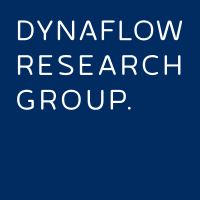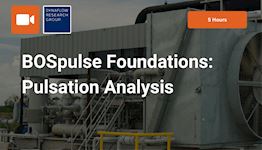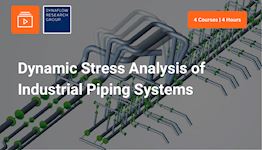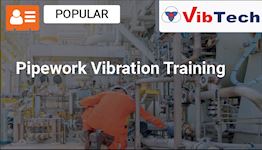Pulsation & Vibration theory for Reciprocating Compressors
Why take this course?
This self-paced course provides fundamental knowledge of pressure pulsations in piping caused by reciprocating compressors, aligned with API 618 standards. Through real-life case studies, you’ll learn pulsation causes, assessment methods using BOSpulse software, and mitigation strategies. The course includes video lectures, quizzes, and offers a certificate with PDH credits for professionals.
What you'll learn
After this course, you...
• understand what pressure pulsations due to reciprocating compressors are and what consequences they can have,
• are familiar with calculation methods for analyzing pressure pulsations,
• know the basics of performing API 618 pulsation analysis,
• have an understanding of assessing associated vibrations,
• know what mitigation measures are available and when they are applicable,
• have seen several real-life cases (2 in much detail).
About the course
This course teaches you fundamental knowledge and understanding of pressure pulsations in piping due to reciprocating compressors in the context of API 618 analyses.
By means of several real-life case studies you are thought the details of how pulsations are caused by compressors and what their consequences can be. Associated assessment methods such as pulsation analysis using software are discussed by the instructor as well as conformity checks for the pulsations and resulting vibrations. Possible mitigation measures and good design practices are provided.
Discussions and analyses will be illustrated using the software BOSpulse. No knowledge of this software is required.
Meet your instructor
Who should attend this course
• Anyone working piping systems connected to reciprocating compressors,• Those involved with piping systems prone to vibrations,
• Engineers working with the API 618.
Prerequisites
Basic understanding of piping systems.Discussions and analyses will be illustrated using the software BOSpulse.
No knowledge of this software is required.
Program & Details
-
Pulsation & Vibration Theory for Reciprocating Compressors
1. Pressure pulsations Foundations - Part 1
2. Pressure pulsations Foundations - Part 2
3. Shaking forces due to pulsations
4. Periodic excitations in piping systems
5. Pulsation control in piping systems
6. Acoustic resonance in piping systems
7. Acoustic resonance typical problematic modes
8. Orifice plates to change modes
9. General considerations for piping systems
10. Recap of Module 1 -
Field Case - Compressor Station
1. Case Introduction
2. Operating modes
3. Result discussion
4. Damper design -
Understanding Mechanical Vibrations due to Pulsation
1. Vibration risks in piping systems
2. Types of vibrations in piping systems
3. Mechanical excitation due excitation source
4. Single DOF systems Degree Of Freedom
5. Mechanical response to pressure pulsations
6. Mechanical eigenmodes in piping systems
7. Evaluating vibration in piping systems
8. Mechanical response versus acoustic response -
Field Case - Pipe Vibrations
1. Case Introduction
2. Compressor harmonics
3. Mechanical resonance
4. System modifications
5. Conclusions
Certification
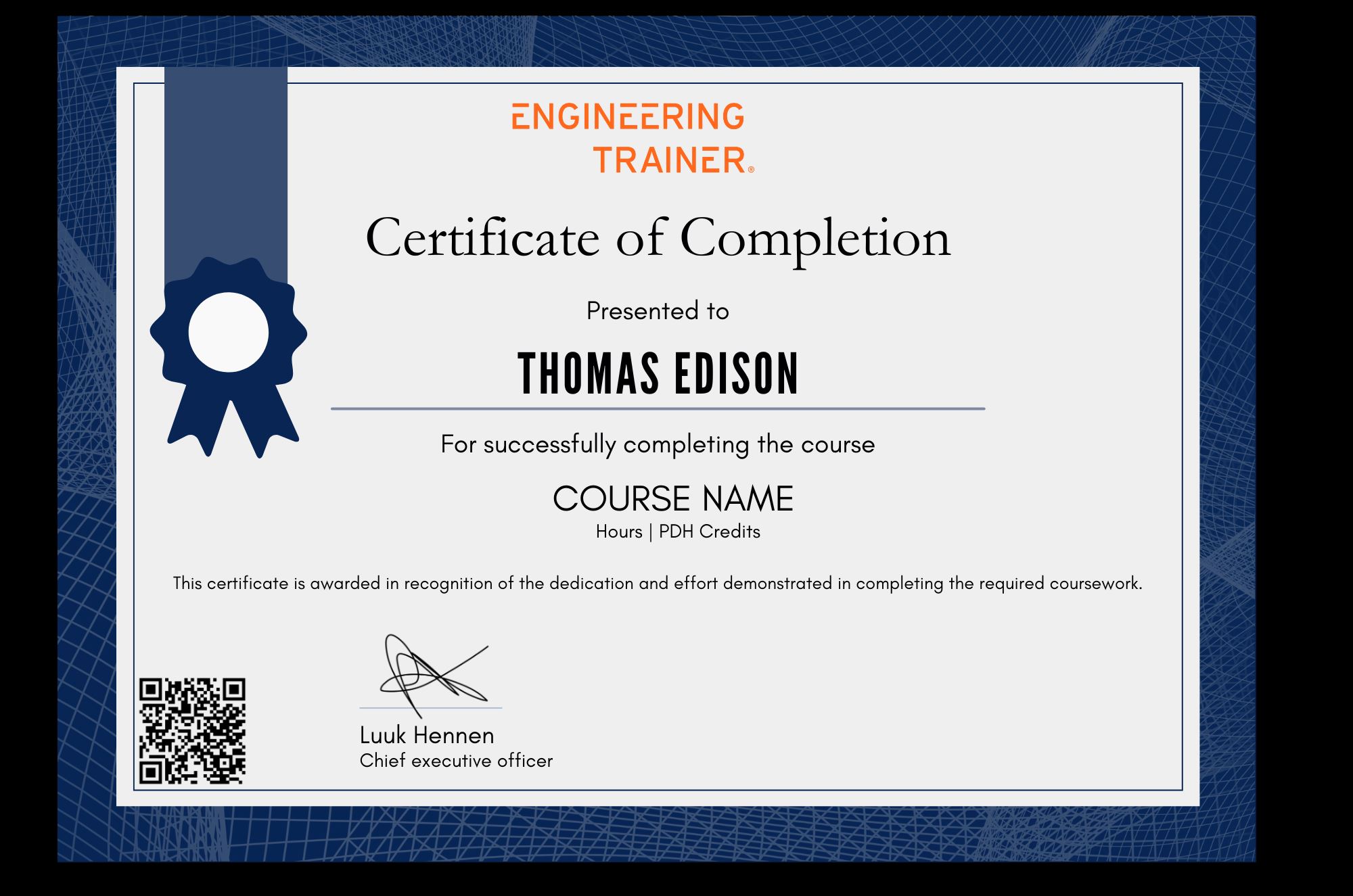
Pulsation & Vibration theory for Reciprocating Compressors
Library: Professional

Why choose EngineeringTrainer
-
Unlimited Team-wide Access
-
Advance Technical Competences
-
Courses by Industry Authorities
Since using EngineeringTrainer our internal mentorship has a much more matured character.
Logan Chapman - COO at Chapman Consulting Inc.



